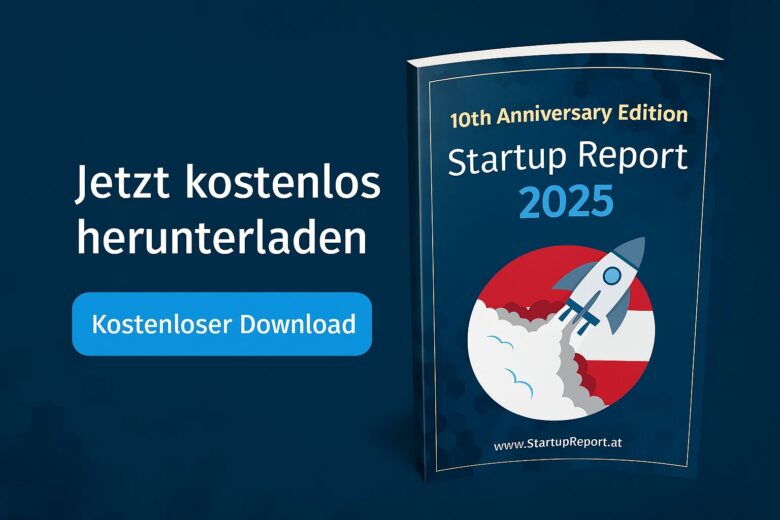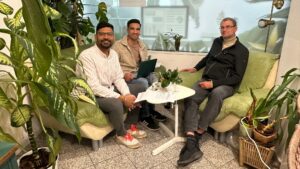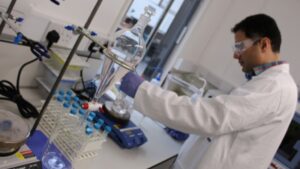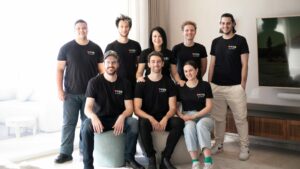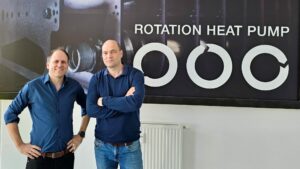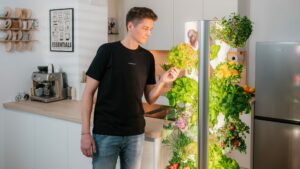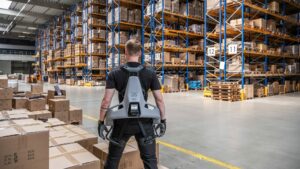EU Supports the Development of Lab-Grown Meat for the First Time
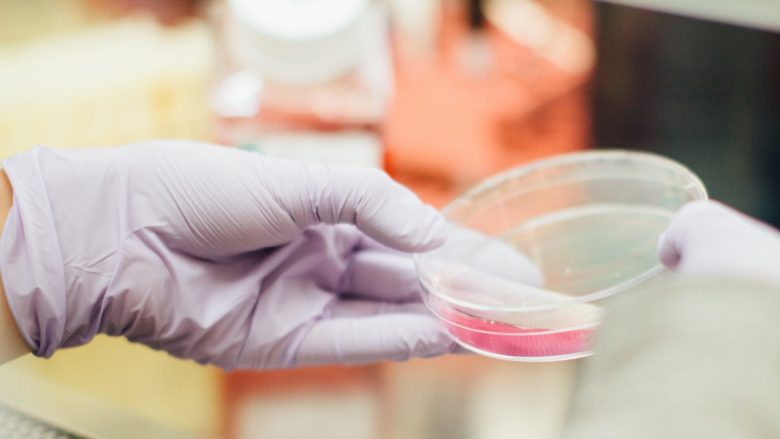
For the first time, the EU has funded a research project for the artificial growing of meat in a laboratory. Lab-grown meat is seen as a future opportunity for more environmentally friendly food production. Beef in particular causes the emission of substantial amounts of greenhouse gases, which can be eliminated by artificial growth. The project “Meat4All” sees the funding of €2.7m from the “Horizon 2020″s budget as a sign that the EU in principle wants to promote lab-grown meat, reports the magazine TechCrunch.
Meat from the bioreactor
Cultured meat is typically grown from the stem cells of farm animals. They are applied to a carrier structure and supplied with a growth medium in a bioreactor so that they multiply and form meat from the muscle fibers, for example. Among the biggest start-ups in this field are Memphis Meats from the USA and Mosa Meat from the Netherlands.
So far, lab-grown meat is not yet ready to be marketed, mainly due to its high production costs. Nonetheless, many start-ups are now competing, since the market potential is estimated to be high: The research company Markets and Markets forecasts the value of the meat from the bioreactor at $15.5m in 2021 and potentially this could rise to $20m by 2027.
Meat4All aims for six euro per kilo
Several companies are involved in the currently funded European research project “Meat4All”. The project is led by the Spanish company BioTech Foods, which has been working since 2017 on “Ethicameat” from pork cells. The consortium also includes the French company Organotechnie, a biotech company specializing in cell cultures, and the Portuguese company Nobre Alimentacao.
An important step of the research project is to work intensively on marketability. On the one hand, the aim is to scale production from a few kilograms to tons, but also to increase the buyers’ acceptance through taste testing. The eventual goal is to bring raw meat to the market at a price of 6 euros per kilogram by the year 2023.
This article was originally published in German, on Tech&Nature‘s sustainability innovation platform, which was started by the Trending Topics team.


